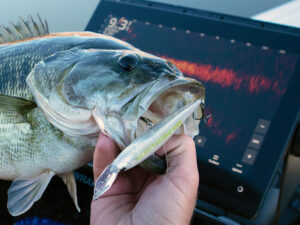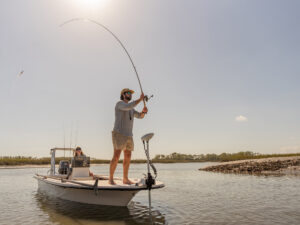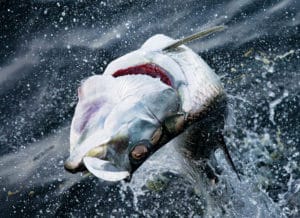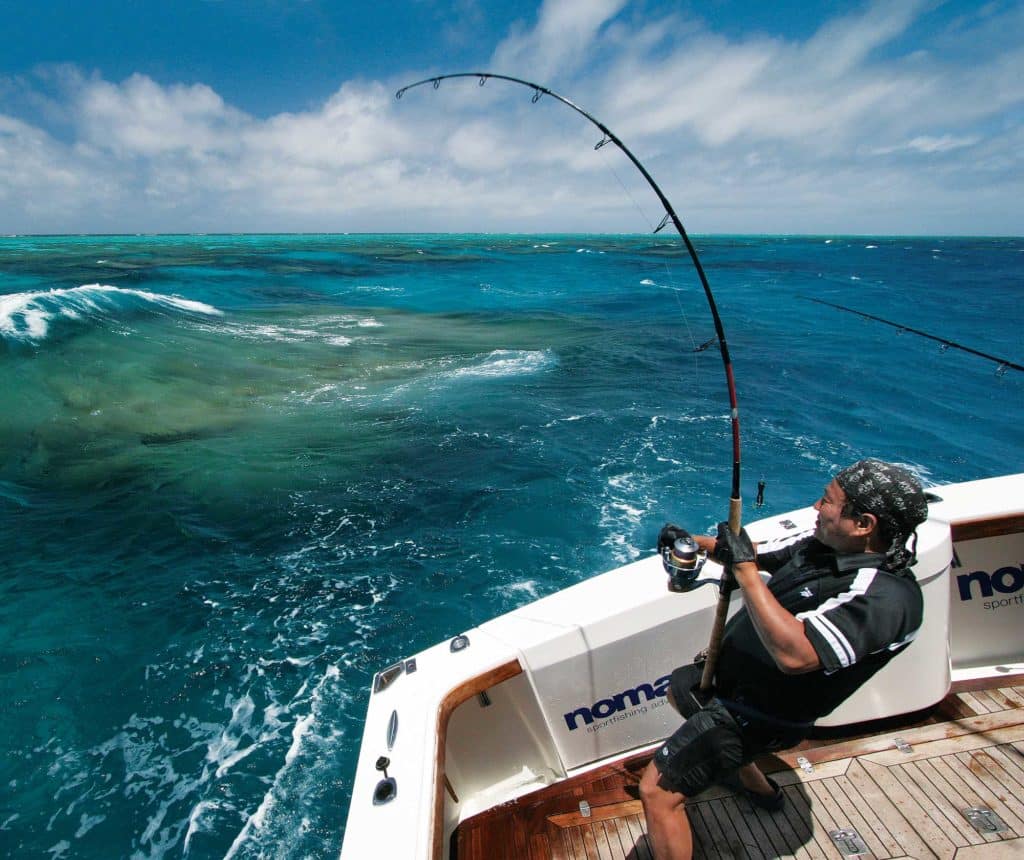
All anglers have stories about the fish that got away, but none are as maddening as those that involve a broken fishing line. And in many cases, abrasion led to the breakage. As a result, line manufacturers tout the abrasion resistance of their products, but how does a fisherman figure out what type of line offers the best resistance to abrasion?
One method of measuring the abrasion resistance of fishing lines is fairly standard: Run a piece of line back and forth over a sandpaperlike substance, and count how many times it goes across the surface before it breaks.
Ben Miller, a project manager for VMC Rapala, said the company runs several different tests of this sort on its Sufix lines, rubbing lines over a nail head.
“It’s really difficult to measure [the abrasion caused by] things like dock posts or trees or rock or weeds, but at least the tests give us a baseline of comparing apples to apples in a laboratory,” Miller says. “There isn’t an exact science to it. Some lines will have better abrasion resistance over sandpaper, and some last longer over a nail head.”
Another way to measure abrasion resistance is what’s known as the 3,000-cycle unilateral abrasion test, according to Tom Woldruff, the product manager for PowerPro. The fishing line goes back and forth 3,000 times over a ceramic guide — as would occur with a fishing rod.
PowerPro goes a step further and also tests its braided line for what’s called transverse abrasion.
“When anglers return broken line to us, we can see that it was abraded against structure with fish on,” Woldruff says. “We use our own equipment, take line underwater and replicate the movement of the line in a real-world situation, in all directions, across 800-grit sandpaper. I’ve not seen anybody else in the industry do this test.
“We use the information to fine-tune our products,” Woldruff adds. “We’re focused on both [unilateral and transverse] abrasion. I think eventually the rest of the industry will have to catch up with that.”
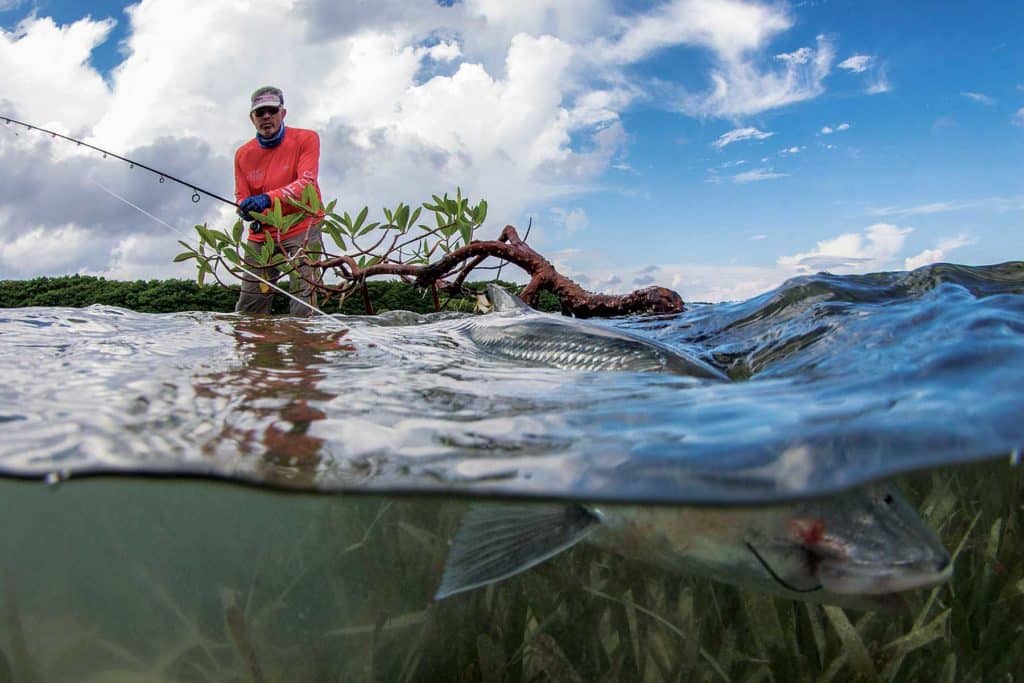
Harder is Better
Fishing lines made from different materials vary in abrasion resistance. The four main types are fluorocarbon, monofilament, copolymer and braid. All things being equal in terms of diameter, fluorocarbon is usually the most abrasion resistant.
Dave Burkhardt, president of Trik Fish, says fluorocarbon weighs approximately 1.85 to 1.9 times as much as monofilament. That density explains why it sinks, plus — unlike mono — it doesn’t absorb water.
“Because of the density factor, it’s much more abrasion resistant. It’s just physics,” Burkhardt says.
“Typically, fluorocarbons have always been a harder material,” Chris Pitsilos of Pure Fishing says, which makes Berkley, Spiderwire and Stren lines. “They’ve had a tendency to be springy and stiff but also very abrasion resistant.
“Some of the first fluorocarbons that came out were leader material,” Pitsilos continues. “We offer a main-line fluorocarbon, Vanish. A little bit thinner diameter, it’s also going to be supple but manageable.”
Burkhardt says monofilaments can be made with a harder surface, but if too hard will also be difficult to cast. “Your better lines have a nice balance as far as suppleness versus abrasion resistance.”
Pitsilos notes that angler priorities for monofilament are less stretch, more sensitivity, and more abrasion resistance. He says of Berkley Trilene XL and XT (the brand’s top-selling monofilament lines), “XL is extra limp; XT is extra tough — a bit stiffer and more abrasion resistant.”
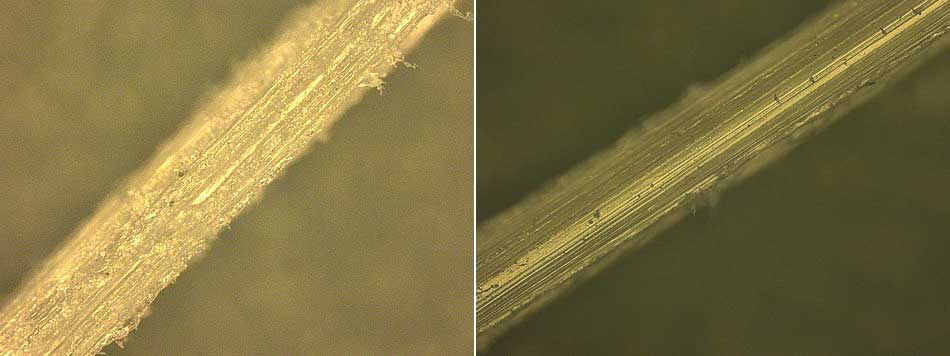
Line in Layers
Copolymer lines feature both hard and soft layers, making for the best of both worlds, according to Burkhardt. Trik Fish X-Rated has a harder finish on the outside layer, covering three more-supple inner layers, “so it actually has four dimensions ranging from greater abrasion resistance outside to more softness on the inside.”
Burkhardt adds that copolymer line has more tensile strength than mono of equal diameter, which means anglers can fish 10-pound X-Rated on a reel rated for 8-pound line.
Miller says the new Sufix Advance is a low-stretch, supple monofilament with “fluorocarbonlike abrasion resistance” thanks to a magnetic extrusion process that makes the surface of the mono more abrasion resistant.
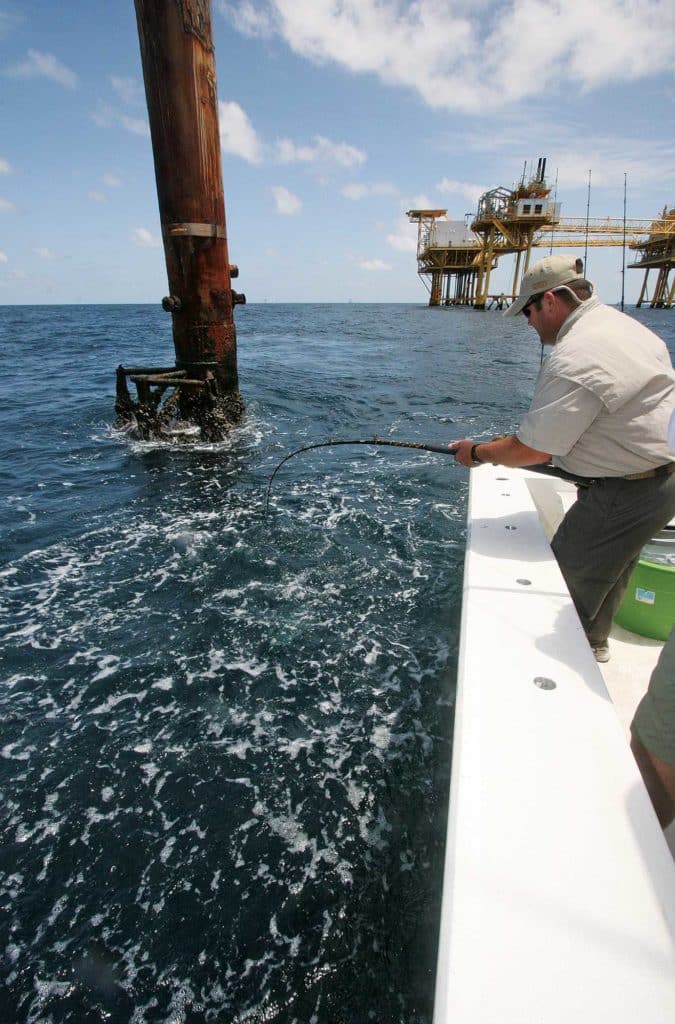
Braided Line
Braided line offers great abrasion resistance, but Woldruff says more fibers or strands do not translate to more abrasion resistance.
PowerPro’s SuperSlick V2 Braid (voted the best new fishing line at the 2018 ICAST international tackle show) uses eight fibers flooded with resin to make it smooth and castable. But 4-carrier (four-fiber) PowerPro provides greater abrasion resistance.
“Four-end product is very, very strong and abrasion resistant because the fibers run more parallel,” Woldruff explains. “Eight-carrier has more exposure because you have twice the number of fibers crossing one another.” But because Berkley’s FireLine Ultra 8 is fused, according to Pitsilos, it’s a bit stiffer than most, but for abrasion, it’s practically “indestructible.”
Berkley x5 gel spun polyethylene braid is four strands wrapped around a core, and x9 is a core with eight outer fibers. The x5 offers greater abrasion resistance than the same-diameter line in x9 because the size of individual strands is greater.
As Burkhardt notes, bigger diameter line is more abrasion resistant than thinner line because it takes more time to abrade a thicker line to the breaking point. “It would take you longer to wear out thicker line because there’s more mass. It’s that basic.”
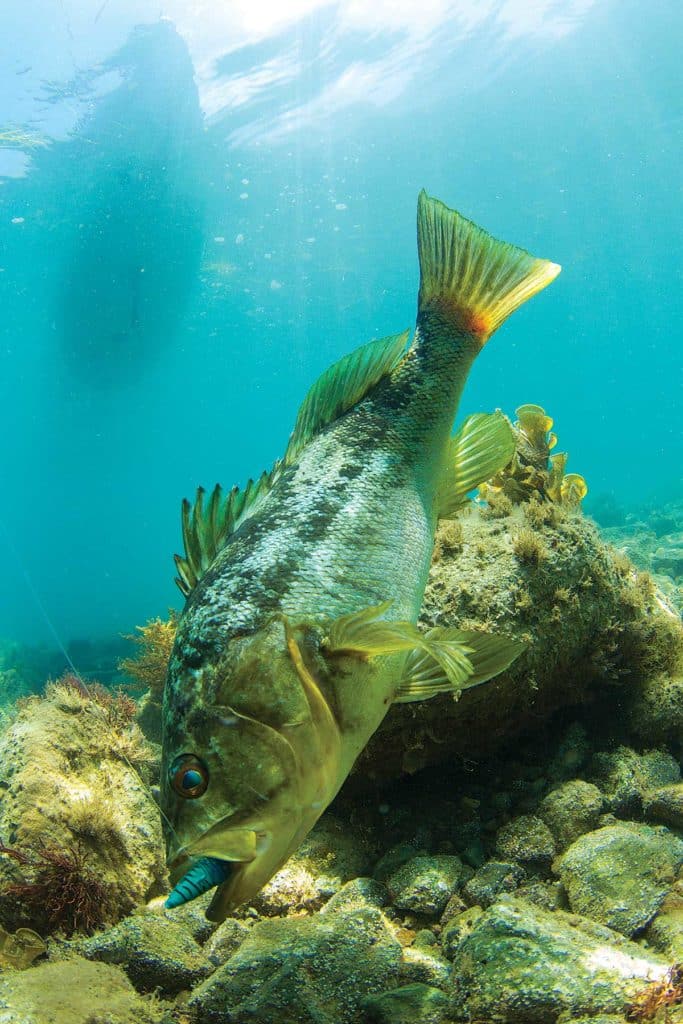
Don’t Spare the Line
If your line feels abraded, cut and retie, especially if you fish around rocks, docks, reefs, oyster bars or oil rigs, or catch fish known for abrading line. Snook have sandpaperlike mouths; kingfish sport a mouthful of teeth; and sailfish can rub bills or tails against your line. Woldruff notes that it’s the last few feet of line that break, not the line in the middle of the reel spool.
“There’s nothing foolproof,” says Pitsilos of abrasion resistance. “It’s best to retie. You can’t be a lazy fisherman or you’re going to lose fish. It’s amazing when you do talk to pros how often they retie and even refill spools.”
Read Next: Line Test
Check your rod guides for nicks. Pitsilos recalls complaints about a prototype line from one of Berkley’s line testers in the field. It turned out the problem wasn’t the line but rather the angler’s nicked guide.
“If you’ve got a nicked guide, it will tear up a braid — there’s no question,” Woldruff says. “Rub a cotton swab around each guide. If it pulls that cotton off, you need to replace the guide.”
Change your fishing line, even if you don’t notice any abrasion or other weaknesses. Woldruff says the average angler will get a season out of a quality braid, but you should change it more often if the line is used around pilings and oyster beds. You’ll be glad you did when you connect with a fish of a lifetime.

